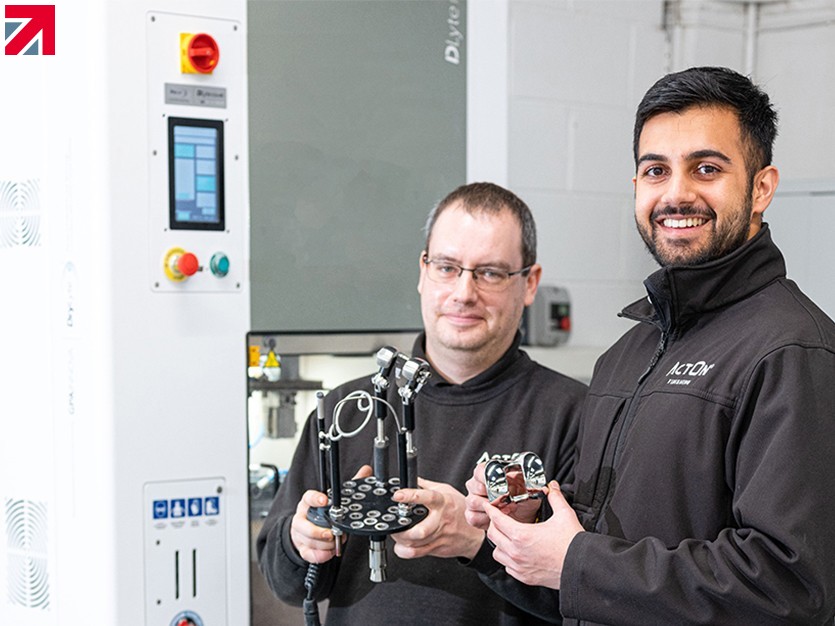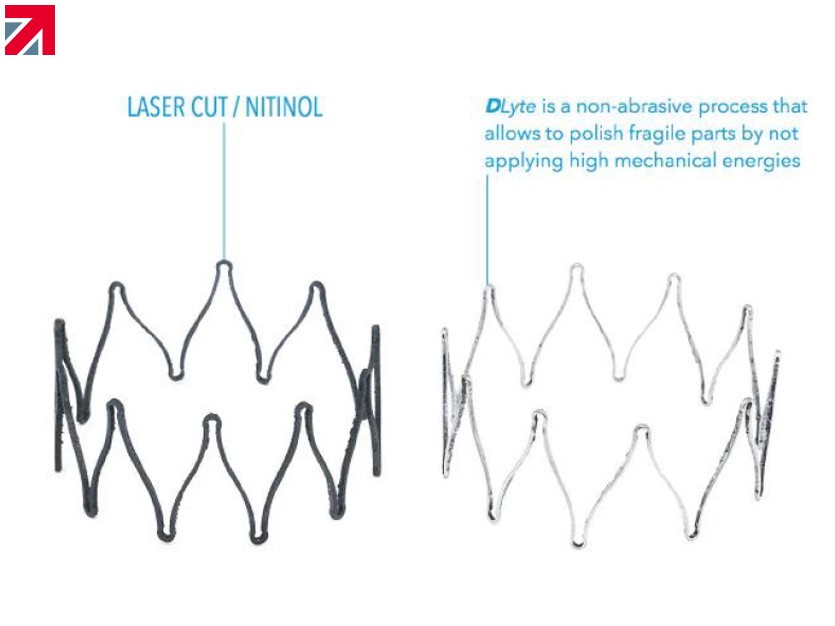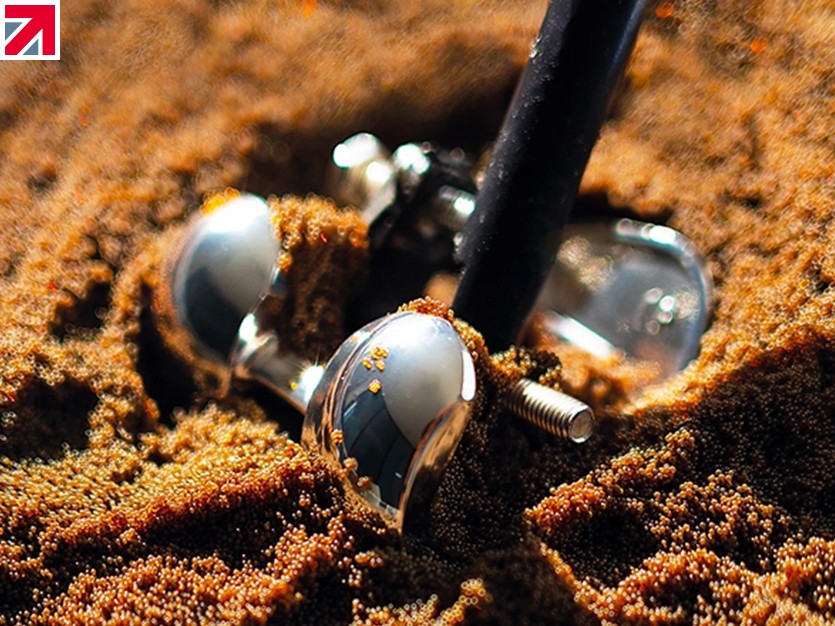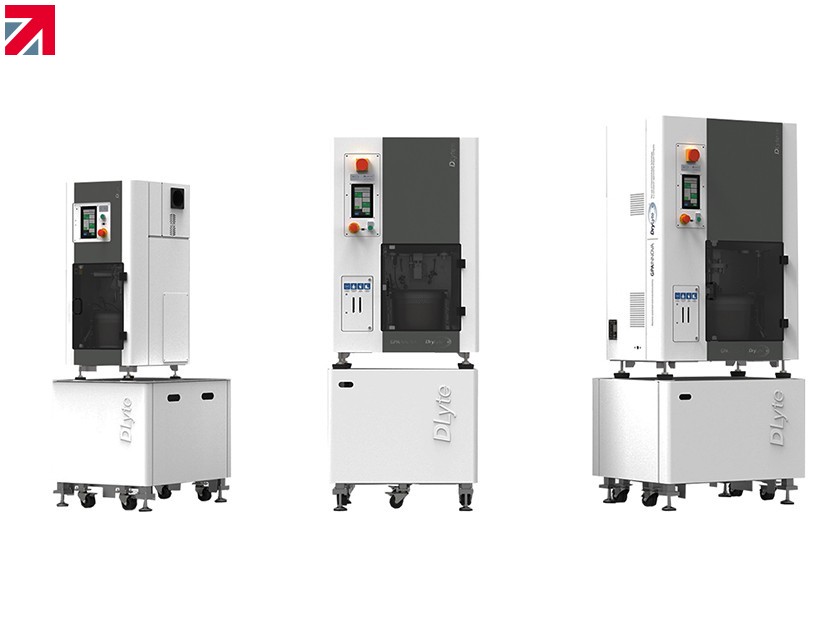In a demanding sector, like the healthcare one, the dry electropolishing process is key to achieving the surface finish required for implants and medical instruments. The DLyte system has been designed by to meet the safety regulations imposed by the industry and has proven the Biocompatibility of the products processed with DLyte Systems.
DLyte Electropolishing vs Mechanical Surface Finishing
In a mechanical surface finishing process, parts would go through different steps to be deburred, surface roughness to be improved and mirror polished. The process would also require different medias and compounds and in some instances, different machines in order to achieve the final result. Moreover, liquid electropolishing can reduce the surface roughness of a non-electropolished surface by only 50%.
In the same time, DLyte is a fully automated dry electropolishing system which will enable you to mirror polish medical implants and instruments in just one step. This machine uses Dry Lyte, a new patented technology by GPAINNOVA, for surface finishing metals by ion transport using free solid bodies.
Here a few more reasons why you should consider dry electropolishing to surface finish medical implants and instruments:
1. Implant’s initial shape is not affected during the process
DLyte uses a non-abrasive surface finishing process, which reduces the roughness while maintaining the part’s geometry and respecting tolerances.
2. Parts’ resistance to corrosion is significantly improved
Implants’ and medical instruments’ life spam is influenced by corrosion. In a liquid electropolishing process, parts need to go through a surface treatment, after the polishing process, to comply with the corrosion resistance requirements of the medical device industry. In comparison, DLyte is able to improve the surface roughness, improve corrosion resistance and mirror polish the components in a shorter time.
3. Proved biocompatibility
As we stated previously, the healthcare industry requires clinically proven processes and products which guarantee their compliance with the most demanding safety regulations. Based on studies* conducted with the DLyte system, the dry electropolishing process meets the acceptance criteria:
- The viability has been superior than 70% in all concentrations tested compared to the blank control.
- The extract at 50% of the test sample has shown greater or equal viability than the extract at 100%.
- The mean value of blanks has not differed by more than 15% of the average value of all blanks.
*Study conducted by GPAINNOVA, based on the standard specifications UNE-EN-ISO 10993-5:2009.
4. Dry electropolishing is perfect for fragile medical implants and instruments
During the surface finishing process, fragile components, such as needles and stents, can be damaged by the mechanical energy on an aggressive process. Nonetheless, DLyte has a more controllable process and works better at micro and macroscopic level.
5. Saves you time and lowers your production costs
Labour costs and material costs will be significantly reduced when you switch from a multi-step process to a one step process. Moreover, as the process is repeatable, you don’t have to carry out any rework on parts.
6. It’s an environmentally friendly option
In comparison with the mechanical surface finishing process, where you need to ensure the disposal of sludge and waste water treatment is done via specialised equipment, the disposal of the dry electrolyte used in the DLyte system is handled by standard services.
If you want to learn how to remove defects and achieve the surface finish you require for your medical implants and instruments, using the DLyte electropolishing system, you can click here or contact ActOn Finishing. Our team of experts are on hand to answer any questions you may have.
Find out more about ActOn Finishing Ltd on their member profile page here
Member-created content 4 years ago | From members




